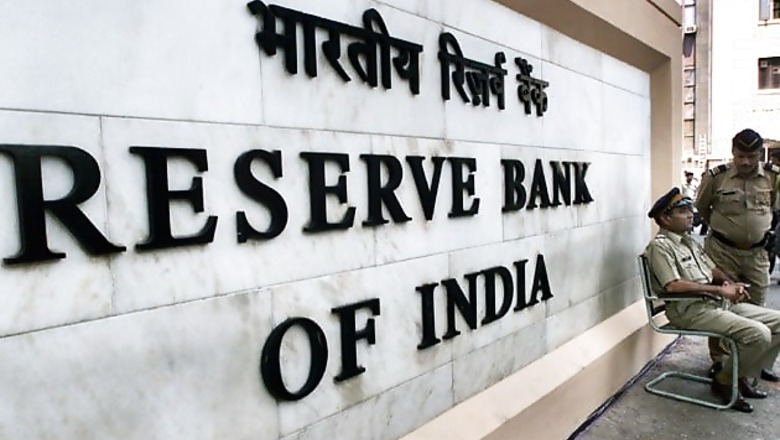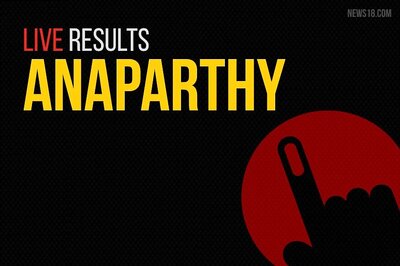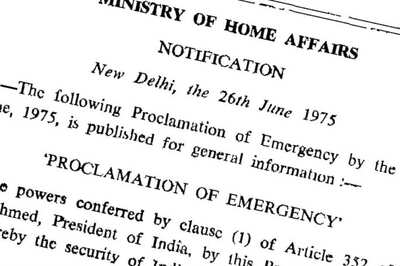
views
Mumbai: As the Reserve Bank maintained a status quo on key policy rates, analysts said that higher demand due to supply constraints will not allow inflation to ease as quickly as anticipated and the apex bank may be forced to increase rates once more by the year-end.
In its second bi-monthly policy for this financial year, the RBI on Tuesday said that it remains committed to keeping the economy on a disinflationary course, taking CPI inflation to 8 per cent by January 2015 and 6 per cent by January 2016. Governor Raghuram Rajan, while leaving all key rates unchanged, reduced the statutory liquidity ratio (SLR) by 0.5 per cent to 22.5 per cent, thereby injecting about Rs 40,000 crore into the financial system. Analysts described the RBI actions as "dovish".
"If the economy stays on this course, further policy tightening will not be warranted," Rajan said. British banking giant HSBC believes another rate hike is not off the table as accelerating demand, amid still constrained supply potential, may prevent inflation from falling as quickly as hoped.
"Price pressures may remain sticky into year-end and could force the hand of the RBI to raise interest rates one more time," it said in a note. Swiss brokerage Credit Suisse said the headline lending rate is likely to exceed 8 per cent by January 2015. "It is also worth remembering that the real policy rate is currently negative and would require a sizable leap of faith to believe it will become significantly positive," Credit Suisse said.
Describing the policy stance as a hint of dovishness on Mint Road, rating agency Crisil said given the uncertainties such as a drought scare on the El Nino impact, the RBI's decision to hold interest rates steady is appropriate, though the policy stance is dovish. According to HSBC, the new government's supply-side reforms may take time to bear fruit. On the growth front, the RBI maintained the real GDP growth to be in the range of 5-6 per cent in FY15.
HSBC said that there is plenty the government can do over the next few years to improve agricultural productivity and insulate the economy from the vagaries of the monsoon. But, for this summer, inflation will still be driven to a large extent by the weather, it added.
India Ratings said it does not expect any change in the policy rates in the near term. "We believe besides looking for a predictable and sustained downward trajectory of inflation, the RBI will watch out for the fiscal stance of the new government before changing the rates," it said.
Care Ratings said going ahead, given the uncertainty surrounding the monsoon and a likelihood of the El Nino, it expects RBI to maintain repo rate at 8 per cent and continue with its stance till there is a clarity over the nature of monsoon. "A reversal in the stance to promote growth can be expected in Q4 of this fiscal, provided inflation remains within the comfort corridor," Care said.
Barclays, in a report, said there is a case for a somewhat more accommodative monetary policy stance in second half of 2014. "The central bank could ease policy rates by about 50 bps or ease its stance on liquidity in H2 2014, especially if we see some downside surprise in the inflation trajectory," the British bank said.
"Even though the RBI's policy stance appears more sanguine relative to the April review, citing balanced risks to both the baseline inflation and growth forecasts, it may leave the repo rate unchanged in its August policy," rating firm Icra said. A rate easing cycle is unlikely to commence before the second half of the current fiscal, it added.




















Comments
0 comment